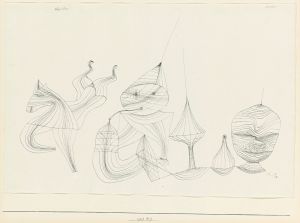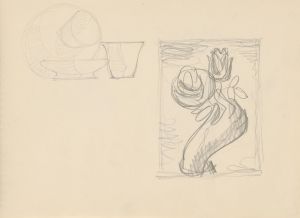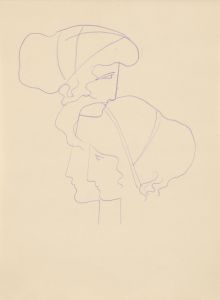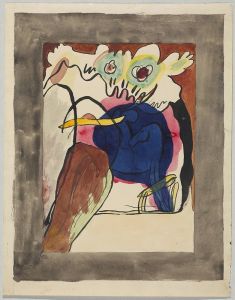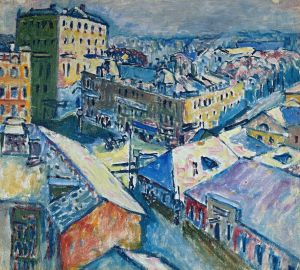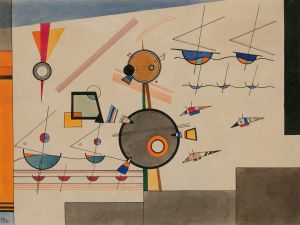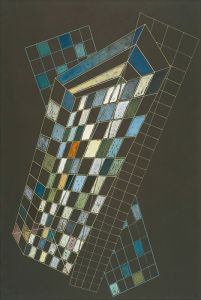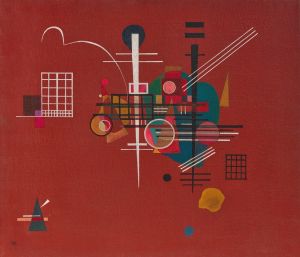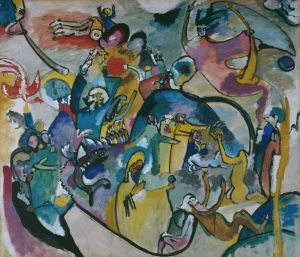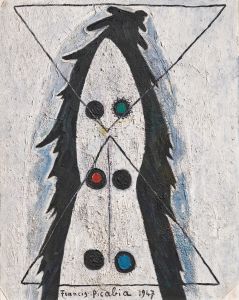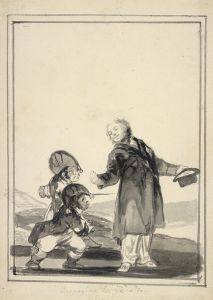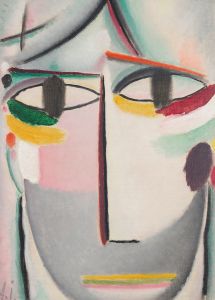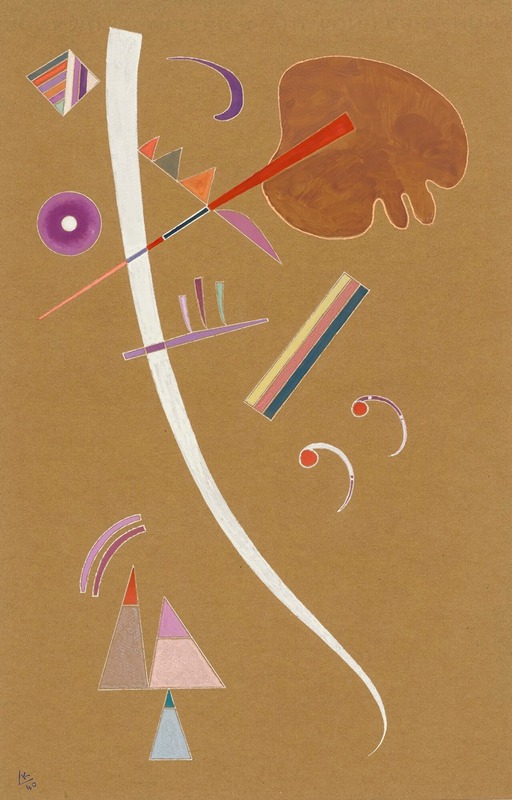
Ohne Titel
A hand-painted replica of Wassily Kandinsky’s masterpiece Ohne Titel, meticulously crafted by professional artists to capture the true essence of the original. Each piece is created with museum-quality canvas and rare mineral pigments, carefully painted by experienced artists with delicate brushstrokes and rich, layered colors to perfectly recreate the texture of the original artwork. Unlike machine-printed reproductions, this hand-painted version brings the painting to life, infused with the artist’s emotions and skill in every stroke. Whether for personal collection or home decoration, it instantly elevates the artistic atmosphere of any space.
Wassily Kandinsky, a pioneering figure in abstract art, created numerous works that have left a significant impact on the art world. However, there is no specific painting titled "Ohne Titel" by Kandinsky that is widely recognized or documented in major art historical sources. "Ohne Titel," which translates to "Untitled" in English, is a common title used for artworks that artists either did not name or whose titles have been lost over time. Given Kandinsky's extensive body of work, it is possible that there are pieces labeled as "Untitled" or "Ohne Titel," but without specific details or context, it is challenging to provide a detailed description or analysis of such a work.
Kandinsky was born in Moscow in 1866 and later became a prominent figure in the development of abstract art. He was deeply influenced by his synesthetic experiences, where he could perceive colors and sounds simultaneously, which played a crucial role in his artistic process. Kandinsky's work is characterized by vibrant colors, dynamic compositions, and a departure from representational art, aiming to evoke emotions and spiritual responses through abstract forms.
Throughout his career, Kandinsky was associated with several influential art movements and groups. He was a member of the Blue Rider (Der Blaue Reiter), a group of artists in Munich who sought to express spiritual truths through their art. This group emphasized the use of color and form to convey emotions, a principle that was central to Kandinsky's work.
Kandinsky's theoretical contributions to art are also noteworthy. His book "Concerning the Spiritual in Art," published in 1911, outlines his philosophy of art and the role of the artist in society. He believed that art should transcend mere representation and instead communicate deeper spiritual and emotional truths.
During his time at the Bauhaus, a revolutionary art school in Germany, Kandinsky further developed his ideas on abstract art. He taught there from 1922 until the school's closure in 1933, influencing a generation of artists and designers. His work during this period became more geometric and precise, reflecting the Bauhaus's emphasis on combining art with technology and functional design.
Kandinsky's legacy is evident in the continued appreciation and study of his work. His paintings are housed in major museums worldwide, and his influence can be seen in the development of modern art throughout the 20th century. While specific details about a painting titled "Ohne Titel" by Kandinsky are not readily available, his overall contribution to abstract art remains significant.
In summary, Wassily Kandinsky's impact on the art world is profound, with his innovative approach to color, form, and abstraction paving the way for future generations of artists. His work continues to inspire and challenge viewers, inviting them to explore the emotional and spiritual dimensions of art.





